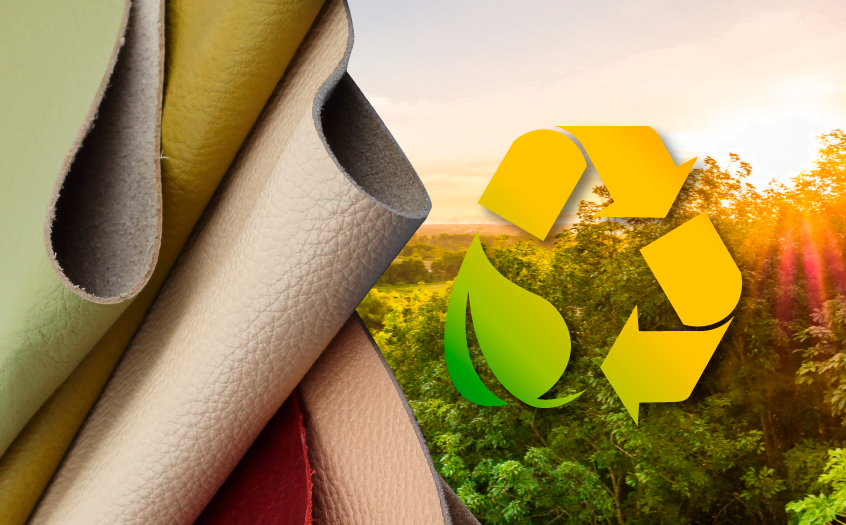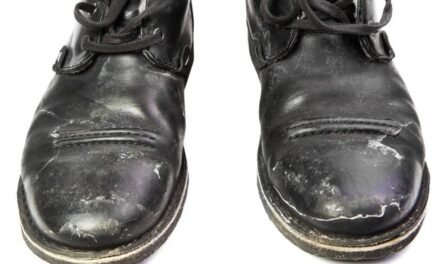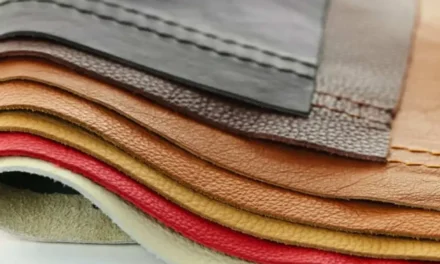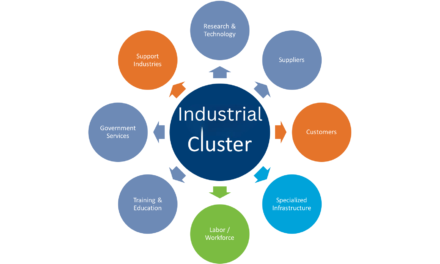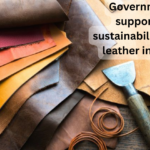Leather manufacturers are increasingly adopting circular economy practices to improve sustainability and reduce environmental impact. Here’s how they are incorporating these principles:
1. Leather Waste Recycling:
- Upcycling Leather Scraps: Leather manufacturers are repurposing leftover scraps from the production process into new products such as wallets, bags, and accessories. This reduces waste and ensures that the material is used to its full potential.
- Recycling Leather Products: Some companies are developing methods to recycle old leather goods, breaking them down into their base components to be reused in new products, rather than being disposed of in landfills.
2. Use of Recycled Materials:
- Recycled Leather: Manufacturers are creating new leather products using recycled leather, which involves breaking down old leather items and turning them into new material. This reduces the demand for raw animal hides and minimizes waste.
- Recycled Synthetic Leathers: Some companies are using recycled synthetic leather (such as those made from recycled plastic bottles) as a substitute for traditional leather, helping to reduce plastic waste while offering a durable alternative to animal-derived materials.
3. Sustainable Leather Tanning:
- Vegetable Tanning: Traditional tanning methods can be harmful to the environment due to the use of toxic chemicals. To address this, many leather manufacturers are adopting vegetable tanning, which uses plant-based substances (like tannins) and is less polluting compared to chemical tanning.
- Closed-Loop Water Systems: Leather manufacturers are using closed-loop water systems to recycle water used in the tanning process, significantly reducing water consumption and minimizing contamination.
4. Designing for Longevity and Repairability:
- Durable Products: Leather products are often designed to be long-lasting, with high-quality stitching and durable materials, to extend the life of the item and reduce the need for replacements.
- Repair Services: Some companies offer repair services for their leather goods, encouraging customers to maintain and repair rather than replace items. This supports the circular economy by promoting the reuse and longevity of leather products.
5. Take-Back Programs and Product Resale:
- Take-Back Schemes: Leather brands are introducing take-back schemes where customers can return old or worn-out leather products for recycling or repurposing. This allows the manufacturer to reuse the material and reduce waste.
- Product Resale or Upcycling: In some cases, manufacturers partner with secondary markets or upcycling services to resell or repurpose old leather items, ensuring that the material continues to be used in new products.
6. Eco-Friendly Leather Alternatives:
- Vegan and Plant-Based Leathers: The rise of vegan leathers and plant-based alternatives made from materials such as mushrooms, pineapple fibers, and apple peels offers a more sustainable option to traditional leather. These alternatives often use fewer resources and have a smaller environmental footprint compared to animal-based leather.
- Cactus Leather and Other Innovations: Leather made from cactus, algae, or apple waste is also being explored by manufacturers as part of their efforts to reduce dependency on animal hides and minimize waste from agricultural processes.
7. Sustainable Packaging:
- Eco-friendly Packaging: Leather manufacturers are adopting sustainable packaging materials, such as recycled cardboard, biodegradable plastics, or plant-based packaging to reduce waste and the environmental impact of their products from production to delivery.
8. Supply Chain Transparency:
- Circular Supply Chain Models: Many leather companies are working to ensure that their supply chains are more transparent and circular. This involves sourcing leather from sustainable farms, ensuring ethical practices in tanning, and working with suppliers who prioritize environmental responsibility.
- Traceability: Manufacturers are increasingly using technology to trace the origin of the leather and materials used in their products. This allows them to ensure sustainable sourcing and reduce the overall environmental impact.
9. Educating Consumers and Encouraging Conscious Consumption:
- Sustainability Campaigns: Many leather manufacturers are actively promoting sustainable leather production methods and encouraging consumers to make more conscious purchasing decisions. This might include providing information on how to care for leather items to extend their life, how to recycle leather goods, or how to choose eco-friendly options.
By adopting these circular economy practices, leather manufacturers are not only minimizing waste and reducing environmental harm but also contributing to a more sustainable and ethical approach to leather production.

